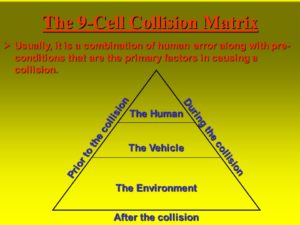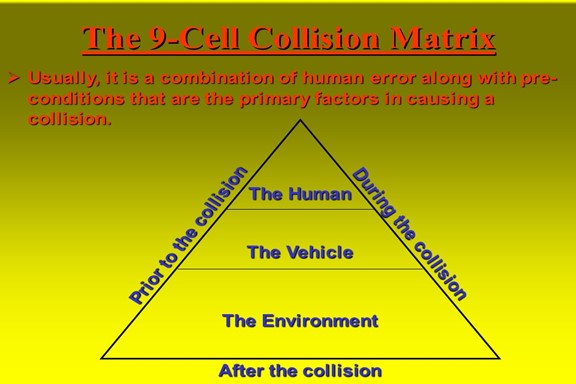What’s Up Doc? Collision Scene Documentation & Techniques
Leave a CommentA proper collision scene documentation, lovingly referred to as a scene doc, will make or break the investigation… guaranteed! While not necessarily all inclusive, here are a few evidence collection / documentation techniques that have served me well over the years.
Some, if not most, collision scene evidence is short lived, and tire marks (more…)





